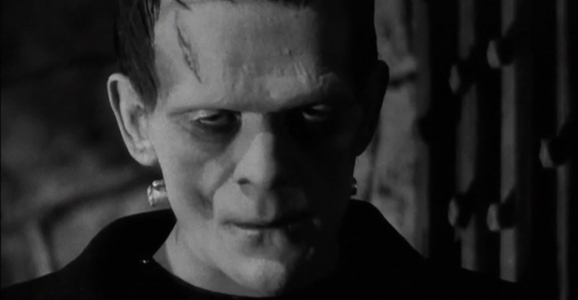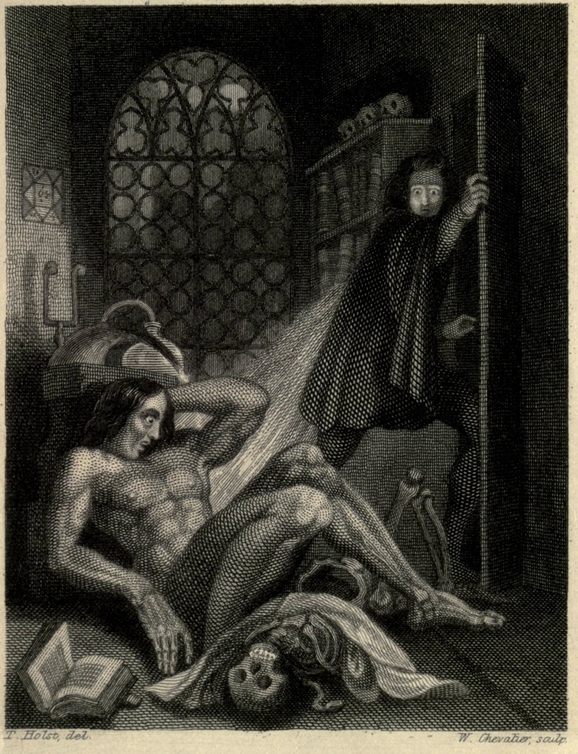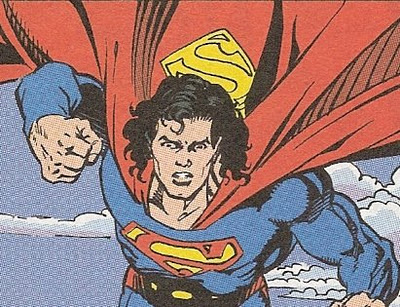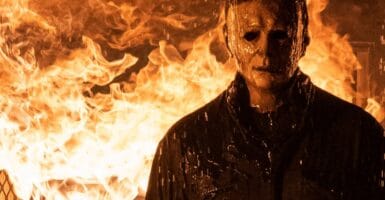Frankenstein’s Monster Is A Far Cry From Boris Karloff In This 1831 Illustration
This article is more than 2 years old
 Mary Shelley’s Frankenstein may have the stamp of “respectable” literature, but it’s also considered one of the earliest examples of our beloved genre of science fiction. First published anonymously in 1818, Frankenstein; or, The Modern Prometheus beat the works of Jules Verne and H.G. Wells to the punch by decades, and its legacy has inspired countless works and retellings. Over the years, we’ve seen a lot of different looks for Frankenstein’s monster, but the most iconic is easily Boris Karloff’s flat-topped, bolt-necked fella seen up top. But what did the monster look like in its earliest recorded illustration? More like a fashion model, believe it or not.
Mary Shelley’s Frankenstein may have the stamp of “respectable” literature, but it’s also considered one of the earliest examples of our beloved genre of science fiction. First published anonymously in 1818, Frankenstein; or, The Modern Prometheus beat the works of Jules Verne and H.G. Wells to the punch by decades, and its legacy has inspired countless works and retellings. Over the years, we’ve seen a lot of different looks for Frankenstein’s monster, but the most iconic is easily Boris Karloff’s flat-topped, bolt-necked fella seen up top. But what did the monster look like in its earliest recorded illustration? More like a fashion model, believe it or not.

The illustration above is from an 1831 publishing of Shelley’s Frankenstein, and, as reported by The Telegraph, this earliest visual representation of Frankenstein’s creation is one of the cornerstones of a new exhibition at the British Library. The illustration shows a much less monstrous monster, but one which matches Shelley’s descriptions of the creature as having ““lustrous” black hair and skin that “scarcely covered the work of muscles and arteries beneath.” Basically, this dude is primed and ready to be sending shirtless selfies to the Bride of Frankenstein, and this time she might actually text him back.
Most of the visual characteristics that come to mind when we think of the monster actually originated in the movies, not in Shelley’s book. The neck-bolts neck were the brainchild of makeup artist Jack Pierce, who was also primarily responsible for the flattened head Karloff’s version of the monster sported. The changes made for a frightening and unforgettable movie creature, but they definitely took some liberties with the original source material. British Library curator Greg Buzwell told The Telegraph:
In the book, the Creature is almost sympathetic. In the film, although we do get the sense he is misunderstood, the intention was to have a character who was quite frightening — hence the beefed-up physique, the clumpy boots, the macabre stitches and the bolts through the neck. He became a menacing figure. The Creature in the 1831 illustration is fairly close to what Shelley had in mind.
For those who never read Shelley’s original book, it’s odd to think of a Frankenstein’s monster without all those traits introduced in the Universal monster movies. It’s one of those cases where a riff on the original has become arguably better known than the original itself. If you asked most people on the street to describe Frankenstein’s monster…well, first of all they’d probably just call him “Frankenstein,” because that’s a battle the Lit majors still aren’t winning on the ground. But they’d also almost certainly list the bolts, the head, the patchwork scars of a dozen different corpses sewn together and sparked back to life. I’m guessing almost none of them would have described a bloke who looks like Superman when he was still sporting the post-resurrection mullet.

If you happen to be in London this fall, you can check out the Frankenstein sketch — along with numerous other related artifacts — as part of the British Library’s “Terror and Wonder: The Gothic Imagination” exhibition, which opens on October 3. You can find more information on the Library’s official website.












